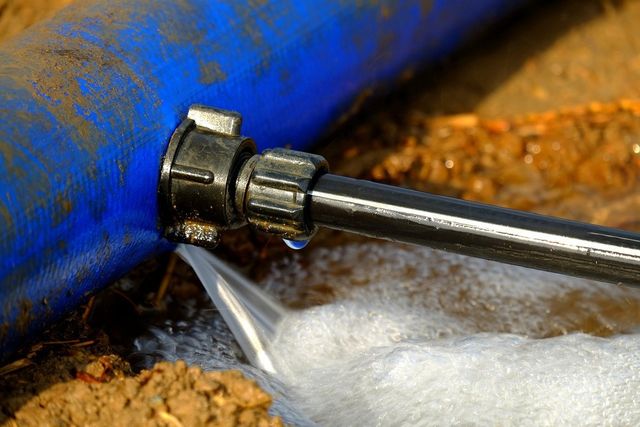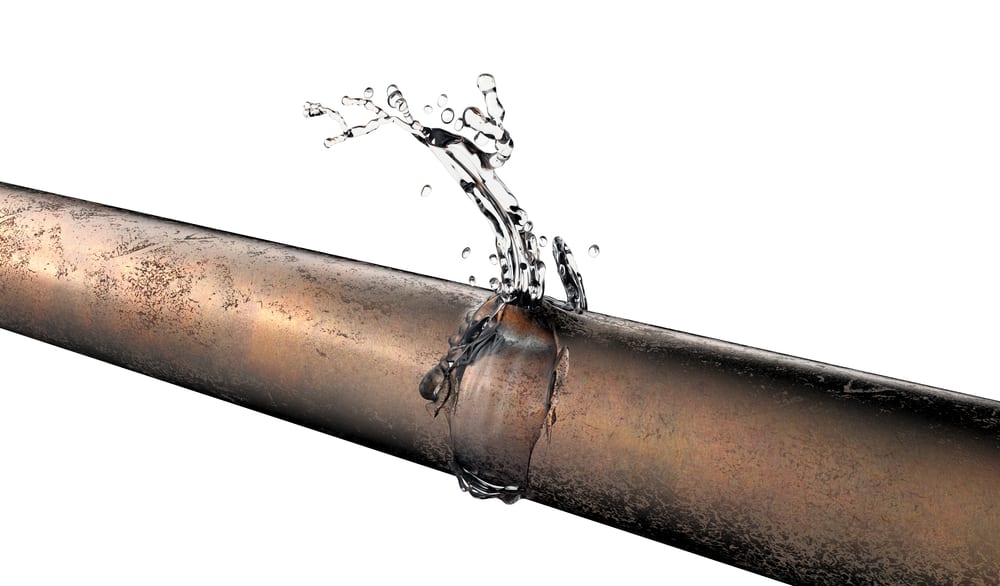Overview To Water Leak Detection In Your Home
Overview To Water Leak Detection In Your Home
Blog Article
What are your opinions on Hacks to detect leaks?

Early detection of dripping water lines can mitigate a possible catastrophe. Some small water leakages may not be visible.
1. Check Out the Water Meter
Every residence has a water meter. Inspecting it is a proven manner in which assists you discover leakages. For starters, turn off all the water sources. Make certain no one will flush, utilize the tap, shower, run the cleaning device or dishwashing machine. From there, go to the meter and also watch if it will certainly change. Since nobody is utilizing it, there should be no motions. That indicates a fast-moving leak if it relocates. Likewise, if you detect no changes, wait an hour or two as well as examine back once more. This implies you might have a sluggish leakage that can also be underground.
2. Check Water Intake
If you identify abrupt changes, in spite of your usage being the exact same, it indicates that you have leakages in your plumbing system. An abrupt spike in your costs suggests a fast-moving leak.
Meanwhile, a steady boost every month, despite having the very same practices, shows you have a slow leakage that's likewise slowly intensifying. Call a plumber to extensively examine your residential or commercial property, particularly if you feel a cozy area on your flooring with piping below.
3. Do a Food Coloring Test
30% comes from commodes when it comes to water consumption. Test to see if they are running effectively. Decrease flecks of food color in the tank and also wait 10 minutes. There's a leakage in between the tank as well as dish if the shade somehow infiltrates your bowl throughout that time without flushing.
4. Asses Exterior Lines
Do not neglect to inspect your exterior water lines as well. Needs to water seep out of the link, you have a loose rubber gasket. One tiny leakage can lose loads of water and also surge your water bill.
5. Inspect as well as Evaluate the Situation
House owners must make it a habit to inspect under the sink counters and even inside cabinets for any type of bad odor or mold development. These two red flags show a leak so timely focus is required. Doing regular assessments, even bi-annually, can save you from a major issue.
Check for stainings and deteriorating as many pipelines and devices have a life span. If you think leaking water lines in your plumbing system, don't wait for it to escalate.
Early detection of leaking water lines can mitigate a potential disaster. Some tiny water leaks might not be noticeable. Examining it is a proven means that assists you find leakages. One small leak can waste tons of water and increase your water expense.
If you presume leaking water lines in your plumbing system, don't wait for it to escalate.
WARNING SIGNS OF WATER LEAKAGE BEHIND THE WALL
PERSISTENT MUSTY ODORS
As water slowly drips from a leaky pipe inside the wall, flooring and sheetrock stay damp and develop an odor similar to wet cardboard. It generates a musty smell that can help you find hidden leaks.
MOLD IN UNUSUAL AREAS
Mold usually grows in wet areas like kitchens, baths and laundry rooms. If you spot the stuff on walls or baseboards in other rooms of the house, it’s a good indicator of undetected water leaks.
STAINS THAT GROW
When mold thrives around a leaky pipe, it sometimes takes hold on the inside surface of the affected wall. A growing stain on otherwise clean sheetrock is often your sign of a hidden plumbing problem.
PEELING OR BUBBLING WALLPAPER / PAINT
This clue is easy to miss in rooms that don’t get much use. When you see wallpaper separating along seams or paint bubbling or flaking off the wall, blame sheetrock that stays wet because of an undetected leak.
BUCKLED CEILINGS AND STAINED FLOORS
If ceilings or floors in bathrooms, kitchens or laundry areas develop structural problems, don’t rule out constant damp inside the walls. Wet sheetrock can affect adjacent framing, flooring and ceilings.
https://www.servicemasterbyzaba.com/blog/how-to-detect-water-leakage-in-walls/

I stumbled upon that post about Finding hidden leaks while looking around the web. I beg you take a moment to promote this blog post if you liked it. Many thanks for your time. Visit us again soon.
Report this page